I personally think Operator Overload looks fantastic and the developer email me to let me know it's fully Linux supported and needs help on Greenlight.
Take a look:
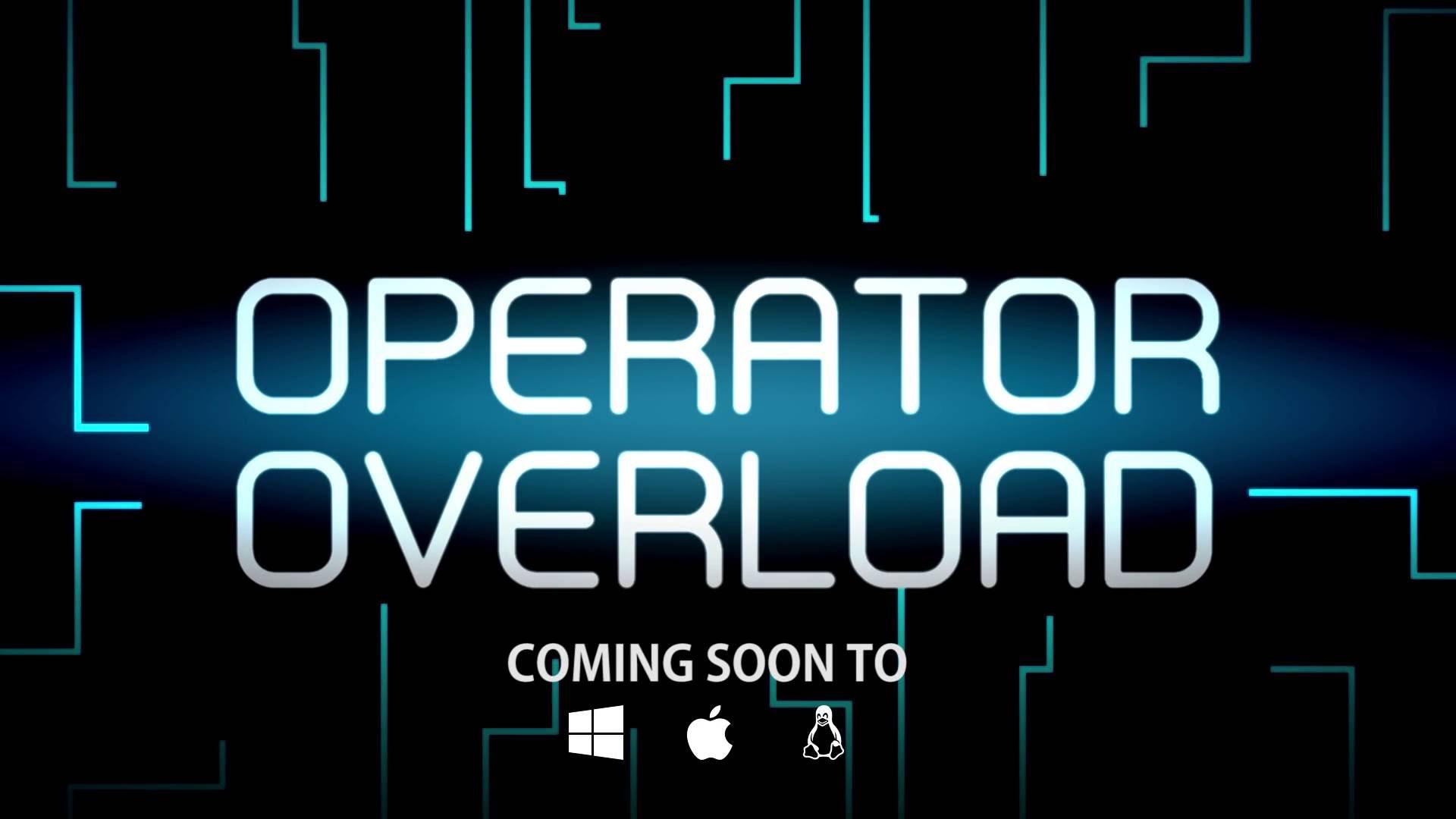
Looks like it has some pretty interesting ideas, with gameplay that I can't see resembling much else. So it could be a a nice unique experience.
It's built with Haxe using the Luxe engine, which easily supports Windows/Mac/Linux/iOS/Android/Webgl formats. It's quite cool to see more and more people use an open source toolkit like Haxe.
Give it a vote here on Steam Greenlight if you like the look of it.
Take a look:

YouTube videos require cookies, you must accept their cookies to view. View cookie preferences.
Direct Link
Direct Link
Looks like it has some pretty interesting ideas, with gameplay that I can't see resembling much else. So it could be a a nice unique experience.
It's built with Haxe using the Luxe engine, which easily supports Windows/Mac/Linux/iOS/Android/Webgl formats. It's quite cool to see more and more people use an open source toolkit like Haxe.
Give it a vote here on Steam Greenlight if you like the look of it.
Some you may have missed, popular articles from the last month:
All posts need to follow our rules. For users logged in: please hit the Report Flag icon on any post that breaks the rules or contains illegal / harmful content. Guest readers can email us for any issues.
I fail to make sense what the puzzle will be about based on this trailer and the screenshots and description on their Greenlight page.
Sure, I like the clean visuals, but in my opinion potential supporters could be more willing to get on board if they knew what you are supposed to do in the game.
Sure, I like the clean visuals, but in my opinion potential supporters could be more willing to get on board if they knew what you are supposed to do in the game.
0 Likes
I think the goal is to guide signals from emitters to receivers by placing those "mirrors" in the right positions. I agree that it could be much clearer though. Reminds me a little of Micron, and I'm definitely intrigued.
0 Likes
Thanks for the feedback guys, I agree that the mechanics of the game need to be a little bit clearer so I'm making a gameplay video next to address just that issue ^__^
Flesk is right, you place down what I call magnets to guide the orbs from their emitters to the receivers, with different types of magnets doing different kinds of rotations on the orbs based on their input trajectory.
I'm glad to see the linux community taking an interest in the game and will definitely be working to try and get the game as well supported on the platform as possible :)
Flesk is right, you place down what I call magnets to guide the orbs from their emitters to the receivers, with different types of magnets doing different kinds of rotations on the orbs based on their input trajectory.
I'm glad to see the linux community taking an interest in the game and will definitely be working to try and get the game as well supported on the platform as possible :)
1 Likes
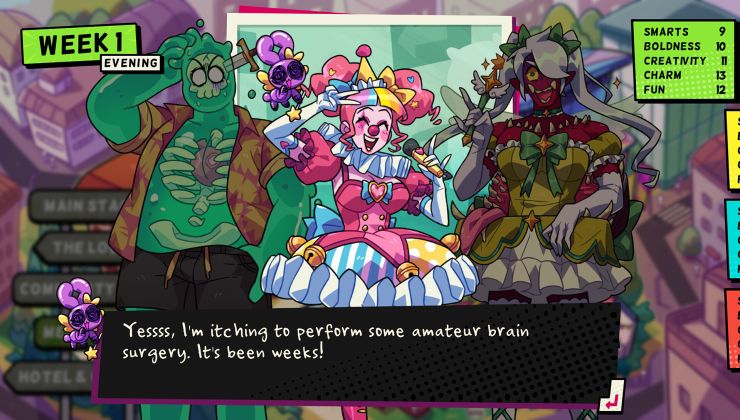
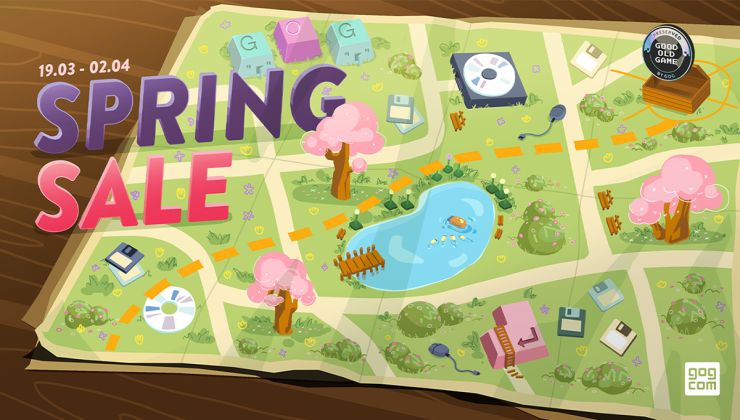
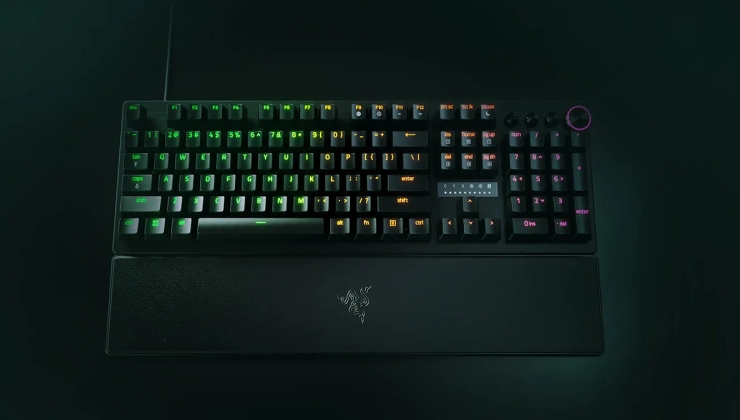
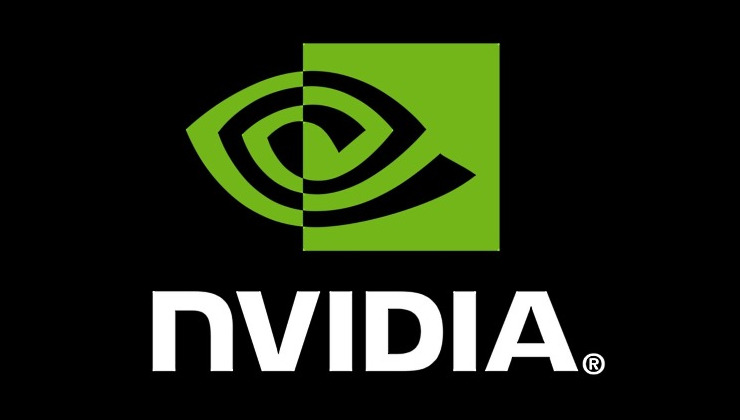


 How to set, change and reset your SteamOS / Steam Deck desktop sudo password
How to set, change and reset your SteamOS / Steam Deck desktop sudo password How to set up Decky Loader on Steam Deck / SteamOS for easy plugins
How to set up Decky Loader on Steam Deck / SteamOS for easy plugins
See more from me